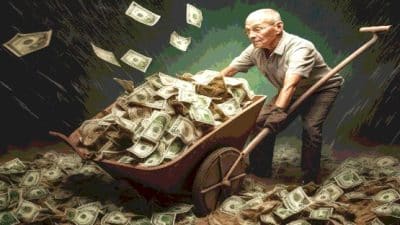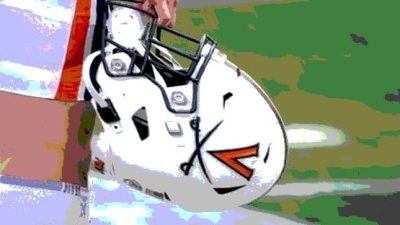
The study, Agriculture in Fauquier County: Characteristics, Trends and Economic Impacts, was conducted by the Weldon Cooper Center for Public Service at the University of Virginia. It found that Fauquier farms generated an estimated $54 million in agricultural commodity sales in 2012.
“We may be close to the urban northern virginia area, but agriculture is still very much a part of this county and I think this study proves that,” said Autumn Crider, president of theFauquier County Farm Bureau. “One of the focuses of our county Farm Bureau is to work closely with our board of supervisors to make sure programs like land use assessment are kept in place to help preserve agriculture here.”
Approximately 54 percent of the county’s land area is farmland, and the total farm acreage increased 2.6 percent between 2007 and 2012. That’s a slightly faster rate of increase than the 2.4 percent state average. “Agricultural preservation programs adopted by the state and county have no doubt played a key role—large contiguous tracts of preserved farmland in the north of the county have served as an effective bulwark against the sprawling development that characterizes parts of adjacent counties such as Prince William and Loudoun,” according to the study.
In 1969, livestock sales represented more than 86 percent of total Fauquier farm income. By 2012, livestock represented just 54 percent of total farm income.
The horse industry plays an increasingly important role in Fauquier, building on the area’s fox hunt, horse show and race heritage. The county was the site of the nation’s first hunt club, Piedmont Foxhounds; its first horse show, the Upperville Colt and Horse Show; and one of the largest steeplechase races, the Virginia Gold Cup Race. The study said the most recent horse inventory surveys showed Fauquier’s equine population increased from 13,700 in 2001 to 14,800 in 2006.
“We are proud of our horse heritage and feel that it’s still a major part of the agriculture industry in the county, as well as a source of revenue for many local businesses when visitors frequent the county to attend equine events,” Crider said.
In recent years, the county also has seen a marked increase in value-added and specialty products such as wine and mushrooms.
As in other parts of Virginia and the nation, Fauquier farmers are able to produce more with less labor because of farm consolidation, improved economies of scale and adoption of new technology. Also in line with national trends, farm operators in the county are more likely to hold off-farm jobs than in earlier decades.
The study found that Fauquier cattle herds have decreased in the past 15 years, while major feed crops and grains have been stable or growing in recent years.
Additionally, more Fauquier farmers also are selling their products directly to consumers and retailers. More than 140 farms reported direct sales in 2012, up from 95 farms in 2007. Direct sales to consumers were $1.4 million in 2012, the fourth-highest among Virginia counties but down from $1.7 million in 2007. In addition, 67 farms sold products directly to retail outlets.










